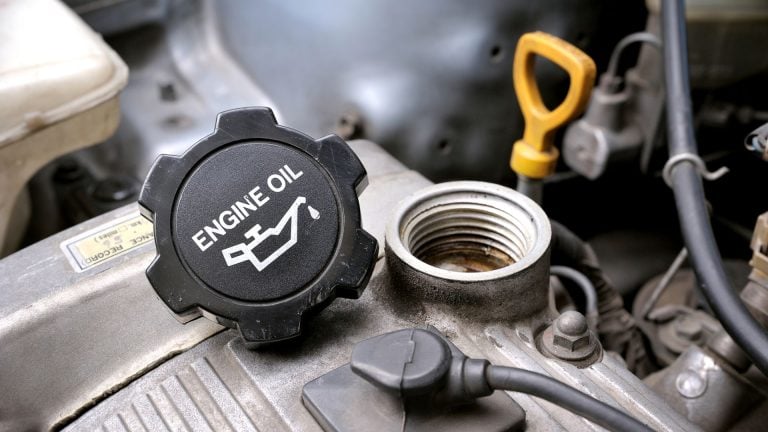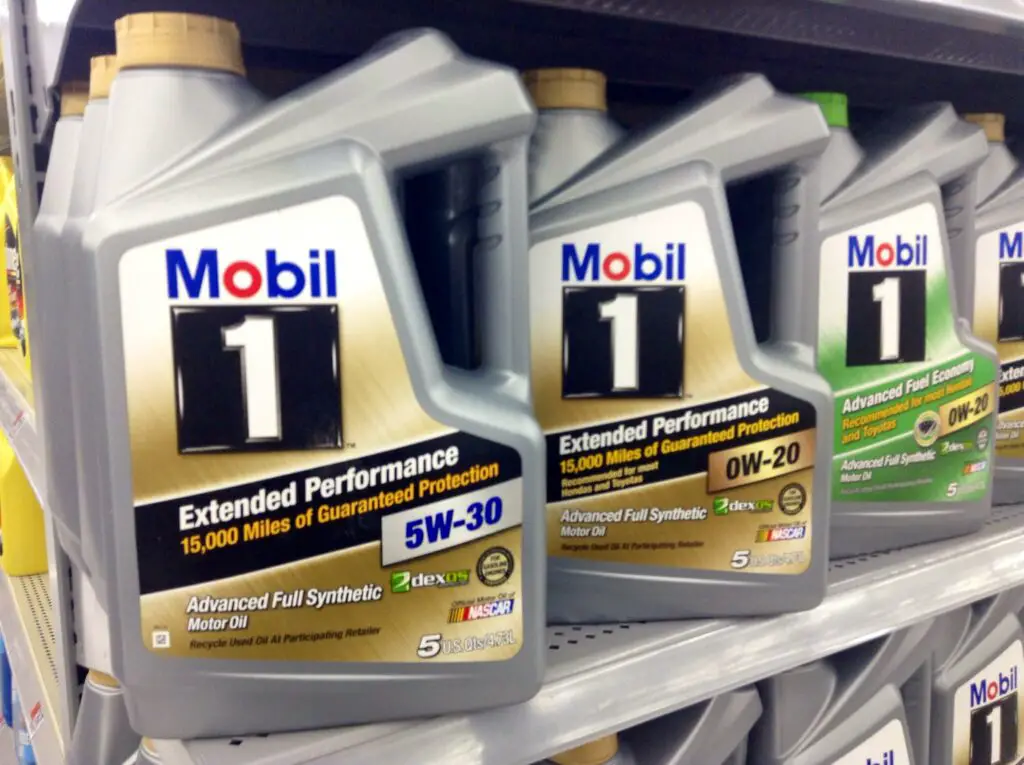10 Psi Oil Pressure At Idle

Imagine this: the sun dips below the horizon, casting long shadows across your driveway. You're tinkering with your beloved classic car, the rumble of the engine a comforting melody. Suddenly, a flicker on the dashboard catches your eye - the oil pressure gauge hovering stubbornly around 10 PSI at idle. A knot forms in your stomach.
This seemingly small number, 10 PSI, can be a source of significant anxiety for any car owner, especially those passionate about maintaining their vehicles. It's a crucial indicator of engine health, and understanding its implications can be the difference between a minor repair and a catastrophic engine failure.
Understanding Oil Pressure: The Lifeblood of Your Engine
Oil pressure is essentially the force that circulates lubricating oil throughout your engine. This oil is the lifeblood, reducing friction between moving parts, dissipating heat, and carrying away debris. Without adequate oil pressure, these vital functions are compromised, leading to increased wear and tear and, eventually, engine damage.
The ideal oil pressure varies depending on the make, model, and age of the vehicle. Most manufacturers specify a range for oil pressure at both idle and higher RPMs. This information can usually be found in the owner's manual or service manual.
However, 10 PSI at idle is generally considered low for most vehicles, particularly modern ones. While it might not immediately signal imminent doom, it's definitely a warning sign that requires investigation.
Why Is Oil Pressure Important?
Think of your engine as a complex network of interconnected parts, all working together in perfect harmony. Oil pressure ensures that each of these parts receives the lubrication it needs to function smoothly.
Insufficient oil pressure can lead to metal-on-metal contact, generating excessive heat and accelerating wear. This can damage bearings, pistons, crankshafts, and other critical components, ultimately leading to engine failure.
Therefore, monitoring oil pressure and addressing any issues promptly is essential for maintaining the long-term health and performance of your engine.
Possible Causes of Low Oil Pressure at Idle
Several factors can contribute to low oil pressure at idle, ranging from simple fixes to more complex mechanical problems.
Low Oil Level
This is the most common and often the easiest problem to address. Simply checking the oil level with the dipstick and topping it off can sometimes resolve the issue.
Always use the manufacturer-recommended oil type and viscosity. Consult your owner’s manual for specific guidance.
Worn Oil Pump
The oil pump is responsible for circulating oil throughout the engine. Over time, the oil pump can wear down, reducing its ability to generate adequate pressure.
A worn oil pump is a common culprit in older vehicles. Replacement may be necessary to restore proper oil pressure.
Worn Engine Bearings
Engine bearings provide a smooth surface for rotating components like the crankshaft and connecting rods. As these bearings wear, they create larger clearances, allowing oil to escape and reducing overall oil pressure.
Worn bearings often manifest as a gradual decrease in oil pressure over time. This can be a more significant repair requiring engine disassembly.
Faulty Oil Pressure Sensor or Gauge
Sometimes, the problem isn't with the oil pressure itself but with the sensor that measures it or the gauge that displays it. A faulty sensor or gauge can provide inaccurate readings, leading to unnecessary concern.
Testing the sensor and gauge is crucial to rule out these possibilities before pursuing more extensive repairs. A mechanic can use specialized equipment to verify the accuracy of the readings.
Clogged Oil Filter
The oil filter removes contaminants from the oil, preventing them from circulating through the engine. A clogged oil filter can restrict oil flow, leading to lower oil pressure.
Regular oil and filter changes are essential for maintaining proper oil pressure and engine health. Follow the manufacturer's recommended service intervals.
Incorrect Oil Viscosity
Using an oil with the wrong viscosity can also affect oil pressure. Using a thinner oil than recommended can result in lower oil pressure, especially at idle.
Always use the oil viscosity specified in your owner's manual. Using the wrong oil can compromise engine lubrication and performance.
What to Do When You See 10 PSI at Idle
Seeing that 10 PSI reading can be alarming, but panic is not the answer. Here’s a methodical approach to diagnosing and addressing the issue.
Check the Oil Level First
As mentioned before, a low oil level is the most common cause. Ensure the oil level is within the recommended range on the dipstick.
Add oil as needed, using the correct type and viscosity. This simple step might resolve the problem immediately.
Listen for Unusual Engine Noises
Pay close attention to the engine sound. Unusual noises like knocking or tapping can indicate bearing damage or other serious issues related to low oil pressure.
These noises should be investigated immediately. Continuing to drive with these symptoms can lead to further engine damage.
Consult a Qualified Mechanic
If the oil level is correct and the problem persists, it's best to consult a qualified mechanic. They have the tools and expertise to diagnose the issue accurately.
A mechanic can perform tests to assess the oil pump's performance, check for bearing wear, and verify the accuracy of the oil pressure sensor and gauge.
Avoid Driving the Vehicle
If you suspect low oil pressure, it's best to avoid driving the vehicle until the problem is resolved. Continuing to drive with low oil pressure can cause severe engine damage.
Towing the vehicle to a mechanic is the safest option to prevent further damage. It’s better to be safe than sorry!
The Long-Term Impact of Ignoring Low Oil Pressure
Ignoring low oil pressure can have devastating consequences for your engine. What starts as a minor issue can quickly escalate into a major repair or even complete engine failure.
The increased friction and heat caused by insufficient lubrication can damage critical engine components, leading to costly repairs. Replacing an engine is significantly more expensive than addressing the issue early on.
Furthermore, a neglected engine can suffer from reduced performance and fuel efficiency. Maintaining proper oil pressure is essential for optimal engine performance and longevity.
Preventative Measures: Keeping Your Engine Healthy
Preventative maintenance is key to avoiding low oil pressure issues. Regular oil and filter changes are the most important steps you can take.
Follow the manufacturer's recommended service intervals for oil changes. Using high-quality oil and filters can also contribute to better engine health.
Periodically check the oil level and inspect for any leaks. Addressing small issues promptly can prevent them from escalating into major problems.
The Peace of Mind That Comes with Vigilance
While 10 PSI at idle might initially cause concern, understanding the potential causes and taking proactive steps can empower you to protect your engine and your wallet.
Regular maintenance, diligent monitoring, and prompt attention to warning signs are the cornerstones of engine longevity. Don’t ignore that little flicker on the dashboard.
Ultimately, the peace of mind that comes from knowing your engine is well-maintained is priceless. So, listen to your engine, heed the warning signs, and keep that oil flowing!
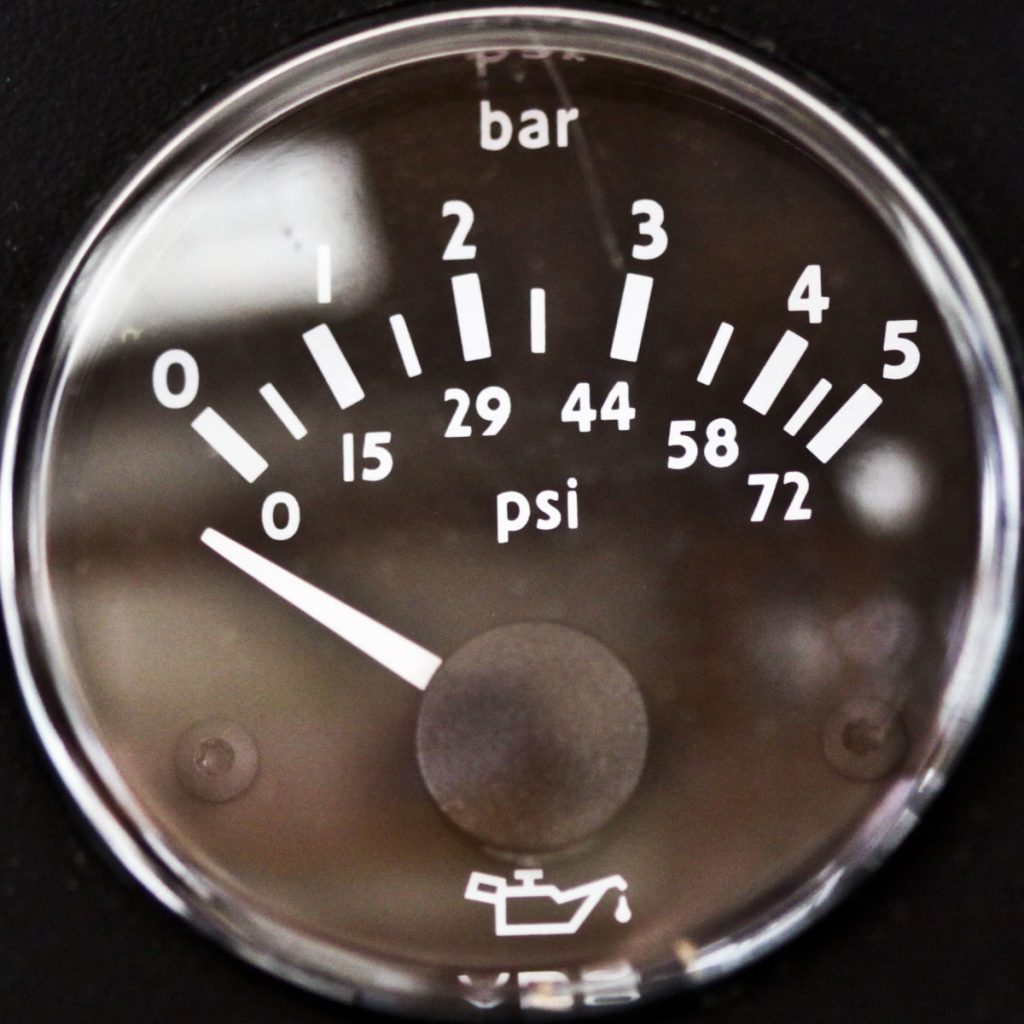
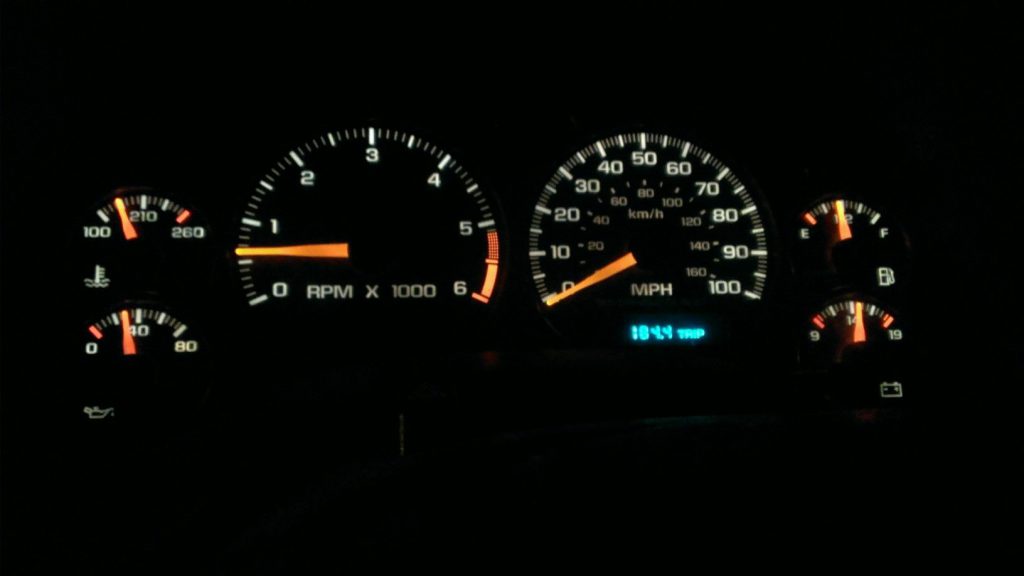

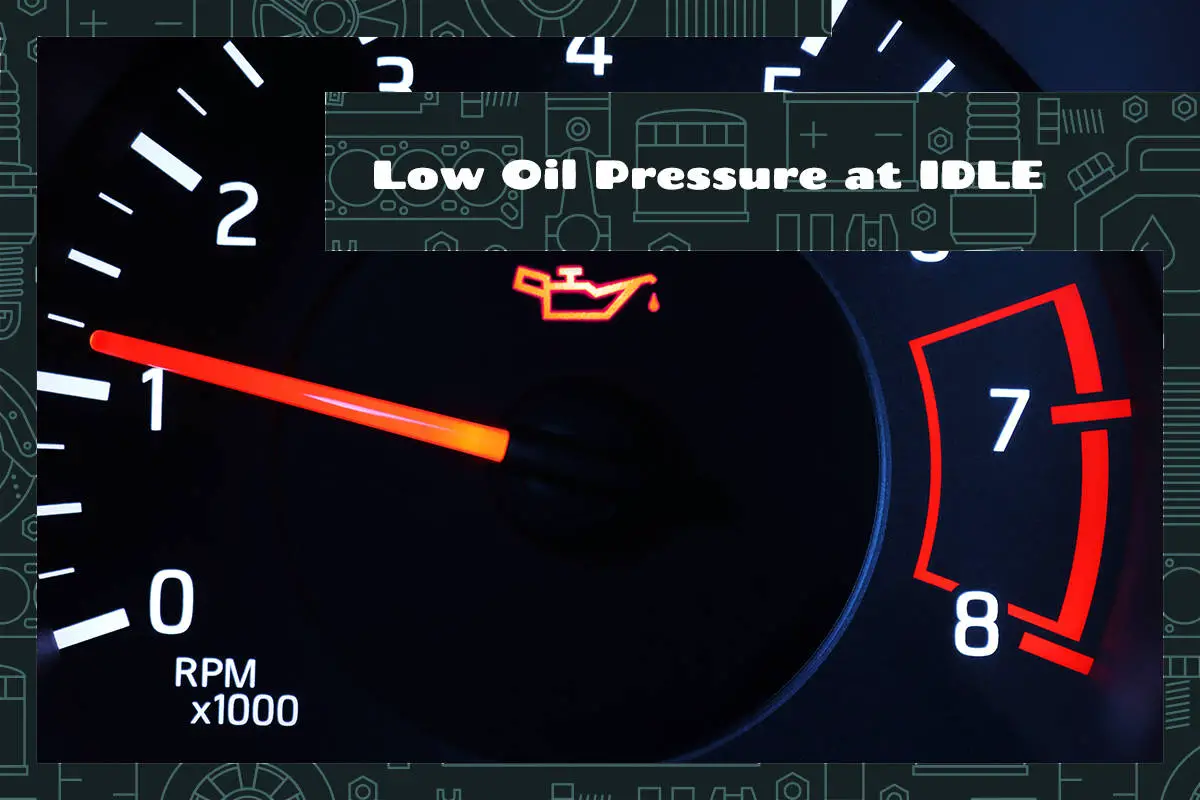

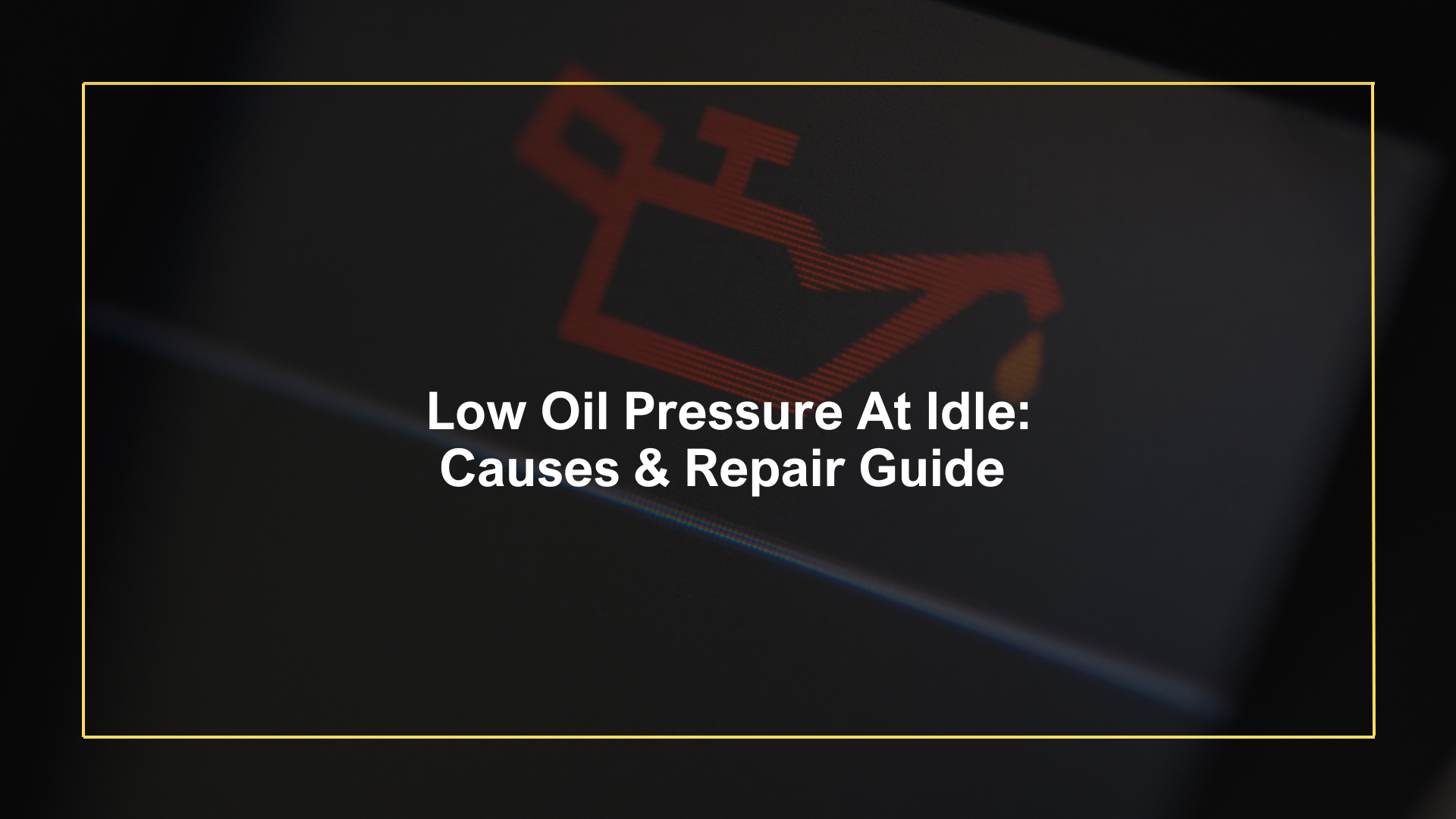
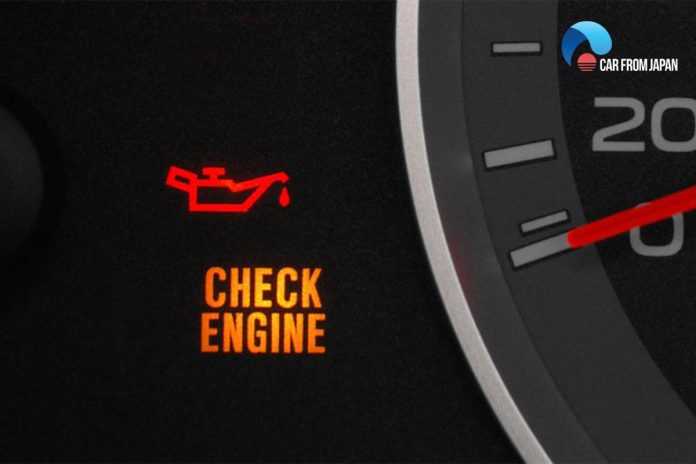

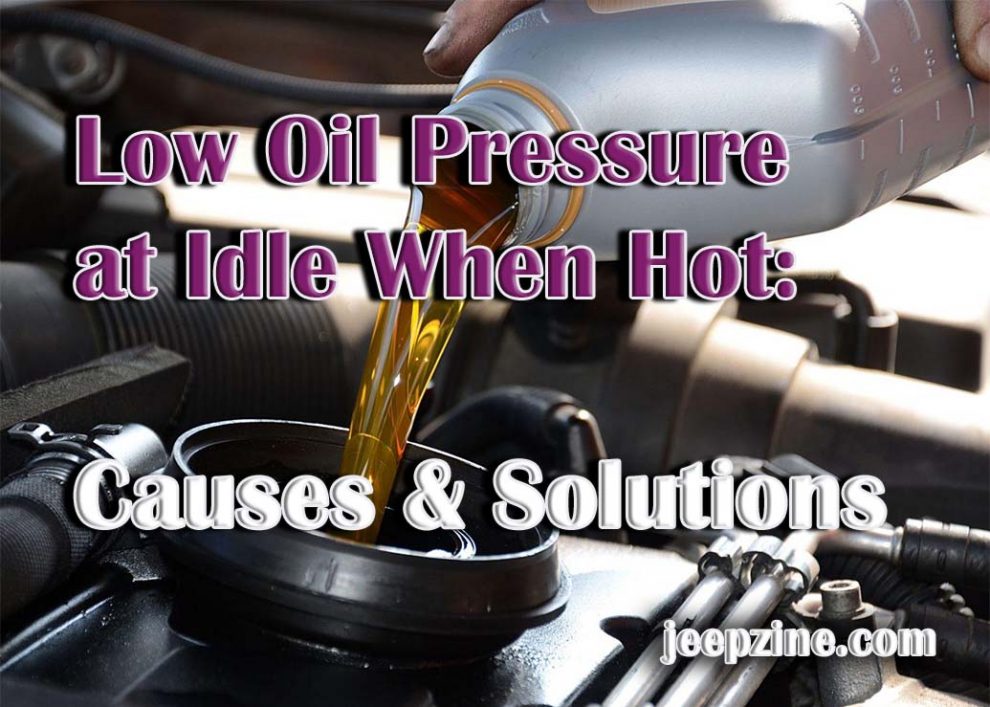

![10 Psi Oil Pressure At Idle What Should Oil Pressure Be At Idle? [The Correct Measure]](https://www.motoradvices.com/wp-content/uploads/2023/11/Oil-Pressure-Be-At-Idle.jpg)
